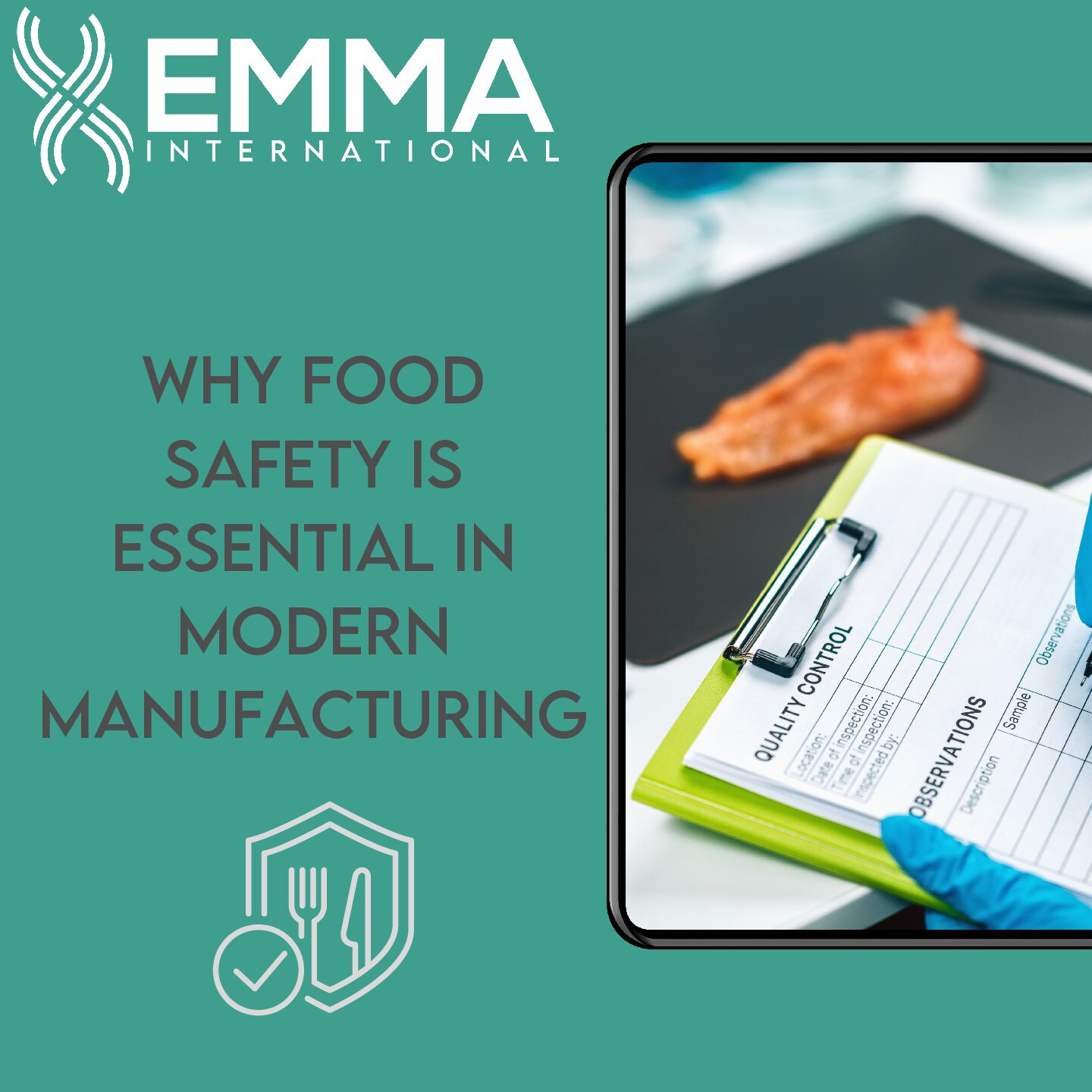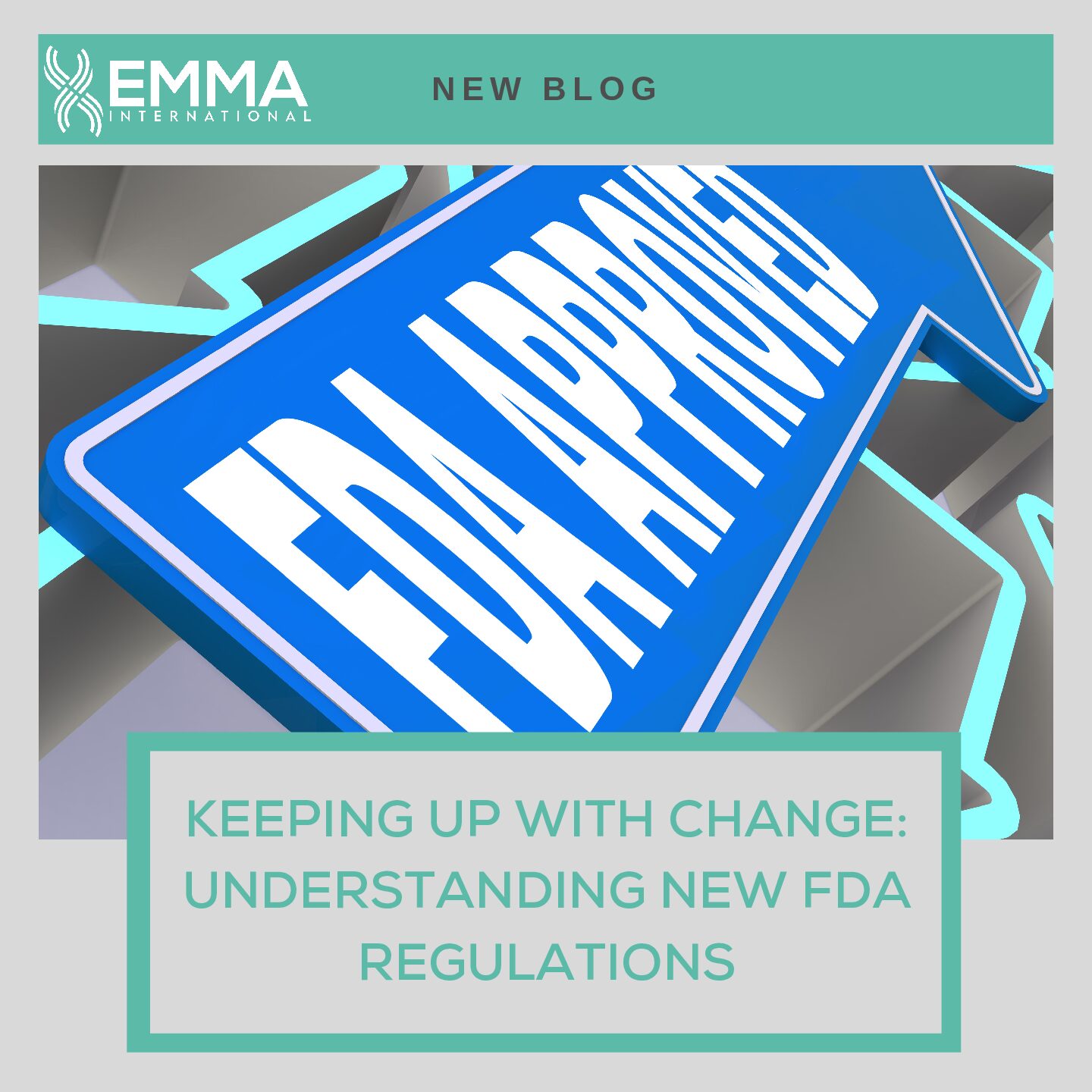A critical, yet often overlooked, part of bringing your medical device to market is ensuring it complies with all regulatory requirements around labeling. The term “label” doesn’t just refer to the product label for your device, according to the FDA it refers to any “written, printed, or graphic matter”, either on the immediate container or not.1 Following this logic, labeling encompasses everything from your instructions for use (IFU) to packaging materials and even advertising.
The first step in complying with the regulatory requirements for medical device labeling is understanding which parts of 21 CFR 801 apply to your product. There are specific subparts for over-the-counter devices, in-vitro diagnostic products, and other specialty devices such as hearing aids. The risk classification or product code of your device may influence which parts of the regulation apply and if there are any additional requirements, so having a good grasp on the risk assessment for your device should be your starting point.
The next crucial part is ensuring that you establish and maintain a process to control labeling activities. As a part of this process, you should have controlled procedures specifically focused on labeling for your product. These procedures should outline how you ensure label integrity, label storage, overall labeling operations, and how you inspect and verify labeling is being done properly. All of these are covered under 21 CFR 820.120 as part of Good Manufacturing Practices, and something any regulatory inspector will want to see evidence of.
At the end of the day, the FDA prioritizes labeling to protect the safety of medical device end-users and patients. A device can be designed and manufactured perfectly, but if unclear directions or precautions are not made obvious to the user, it still poses an undue public health risk. There are several efforts that the FDA has implemented to optimize labeling, such as the UDI system and the final rule on the use of symbols, issued in 2016.2 Medical device manufacturers can expect to see labeling requirements change and become more robust over time, as technology like AI/ML changes the regulatory landscape. If you need help complying with labeling regulations, EMMA International can help! Call 248-987-4497 or email info@emmainternational.com to get in touch with a member of our technical team today.
1FDA (Oct 2020) Device Labeling retrieved on 04/23/2021 from: https://www.fda.gov/medical-devices/overview-device-regulation/device-labeling
2FDA (Sep 2016) Use of Symbols in Labeling retrieved on 04/23/2021 from: https://www.federalregister.gov/documents/2016/06/15/2016-13989/use-of-symbols-in-labeling







